SUMMARY
This is AI generated summarization, which may have errors. For context, always refer to the full article.

This compilation was migrated from our archives
Visit the archived version to read the full article.
CEBU CITY, Philippines – In September 1998, then-Cebu City councilor Edgar Labella survived a shipwreck.
When the M/V Princess of the Orient sank off the coast of Batangas during Typhoon Vicky, the veteran lawyer survived by hanging on for his life – literally – for 32 straight hours.
21 years after surviving the sea tragedy which killed about 150 people, Labella is now the captain of Cebu City, the economic center and premier city of the Visayas region.
He won the mayorship over the tough-talking and popular Tomas Osmeña, who had been the city’s chief executive on and off since 1987, by about 20,000 votes. (READ: Labella unseats incumbent Osmeña in Cebu City)
Unseating a scion who was deeply entrenched in Cebu politics is no easy feat.
No less than an endorsement from President Rodrigo Duterte, with help from the ruling PDP-Laban party’s local allies, and a well-crafted campaign against the rule of Osmeña helped propel the first-time mayor to his throne.
Labella’s campaign presented the state of the city under Osmeña as a wreck.
For more than 20 years, while the economy of Cebu City had become prosperous, the city’s infrastructure and transportation systems fell behind and brought traffic to levels comparable to the capital city.
(READ: Flood, gridlock after one hour of rain in Cebu)
Flooding in the city is a guarantee during the rainy season, whether it is a normal thunderstorm or a typhoon.
And during the summer months, a water shortage is an annual occurrence. (READ: Cebu’s Buhisan Dam all dried up)
And as Labella took the helm of the city for the first time, he promised that he would not only address these problems, but do better than his predecessor.
During his October 16 State of the City Address, Labella took the opportunity to assure residents that he has not forgotten his promises. (READ: Labella’s first 100 days: No more business permit ‘purgatory’ in Cebu City)
Transportation plans
While Metro Cebu has a population of over 2.8 million people and is almost double the area of Metro Manila, it has no modern mass public transportation system, relying on traditional modes of transportation like private buses, jeepneys, tricycles and habal habals (motorcycle taxis).
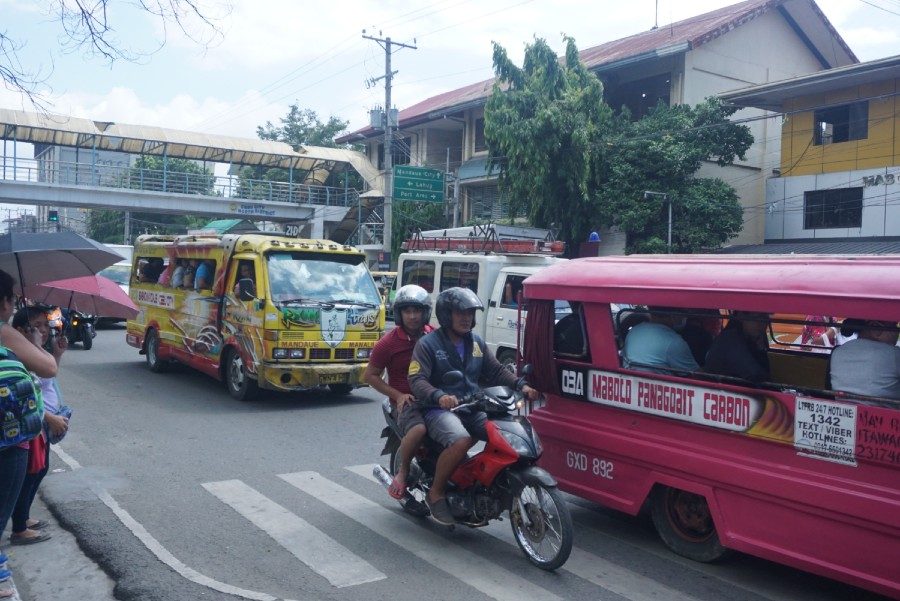
To address traffic, Labella supports an “intermodal” transport system.
This refers to a Bus Rapid Transit (BRT) system, stops that feed jeepney passengers to the BRT stations, and a monorail transit system connecting Cebu City with other towns and cities in Metro Cebu. The total cost for this project is an estimated P80 billion.
While Labella and his allies, including Presidential Assistant for the Visayas Mike Dino, included a BRT system in this proposal – from 2016 to 2018, they lobbied heavily against it.
He was in favor of a Light Rail system instead of a BRT during the term of Osmeña.
Their main contention was that Osmeña’s vision – which followed recommendations of a 2014 feasibility study funded and conducted by the World Bank – would cause more traffic.
Aside from Dino’s claim that the BRT would take one lane away from vehicles on already busy two-lane roads, he said in 2018 that the completion of the Detailed Engineering Design was already one year past deadline and that right of way acquisition and hiring consultants were also delayed. This was enough ground to cancel the BRT, Dino argued.
It was only this year that Dino and allies from Barug PDP-Laban, the local party allied with the administration, changed their minds to allow the BRT to move forward, after they were able to adjust where stations would be located.
This new vision of the BRT would start in the South Road Properties (SRP) area to the Cebu IT Park.
Labella said in August that the BRT should be completed by 2021 and assigned 3 focal persons to oversee the projects implementation. They are: engineers Kenneth Carmelita Enriquez and Joel Reston, and lawyer June Maratas.
He said in the same press conference in August that he is endorsing Udenna Corporation’s P80-billion bid for the monorail component of the intermodal system. Udenna is led by Davao City-based Dennis Uy, a known friend of Duterte.
Udenna’s proposal scrapped the LRT plans in favor of the monorail.
Dino supported this proposal without question.
Cleaning up
Labella started his career as a lawyer for the Office of the President in 1978, during the presidency of Ferdinand Marcos, before joining the Office of the Tanodbayan, or what would later become the Office of the Ombudsman in Manila.
In 1992, he came back home to Cebu City to join the Office of the Ombudsman Visayas as a graft investigator before eventually becoming the office’s director, where he would lead filing cases against local officials for corruption throughout the Visayas.
While Labella is not known for witty one-liners or witty social media posts like the mayor before him, he let his city’s barangay captains know early on that he was still a graft buster at heart.
In August, he threatened barangay chiefs with suspension if they are not able to keep waterways in their area free of debris.

“Certain barangays that cannot sustain or just do not want to call attention to discipline their respective constituencies, we will issue the necessary reminders,” Labella told barangay officials after conducting clean-up operations. (READ: Labella focuses on cleaning dirty creeks, obstructed sidewalks)
A reminder would be issued on first offense, a warning for the second offense, and administrative action, if a 3rd offense warranted it, Labella said.
He reminded the public that “the Office of the Mayor has administrative authority over all barangay officials.”
This statement was made after 70 metric tons of garbage was collected from the Guadalupe River cleanup drive on August 17.
After a heavy downpour on September 1 triggered massive flooding in several parts of the city, including downtown Cebu, Labella said he was ready to mobilize P1.5 billion in funds to kickstart a new Inter-Agency Task Force on Flooding.
According to a report in SunStar, Labella instructed the task force to come up with plans on how to address this problem that has yet to be solved.
“For this reason, I constrained to create this IATFF to immediately make an evaluation, a study for this flood control program both of the City and DPWH so that there will be no overlapping and there will be coherence,” the mayor said then.
He signed Executive Order 10 creating the agency on September 4.
Aside from cleaning up creeks, Labella said that residents caught dumping garbage into the rivers would be fined from P1,000 to P50,000.
Road obstructions
While Cebu City met the October 4 deadline set by the Department of the Interior and Local Government (DILG) to clear sidewalks and roadways, it was rated “medium compliant” only.
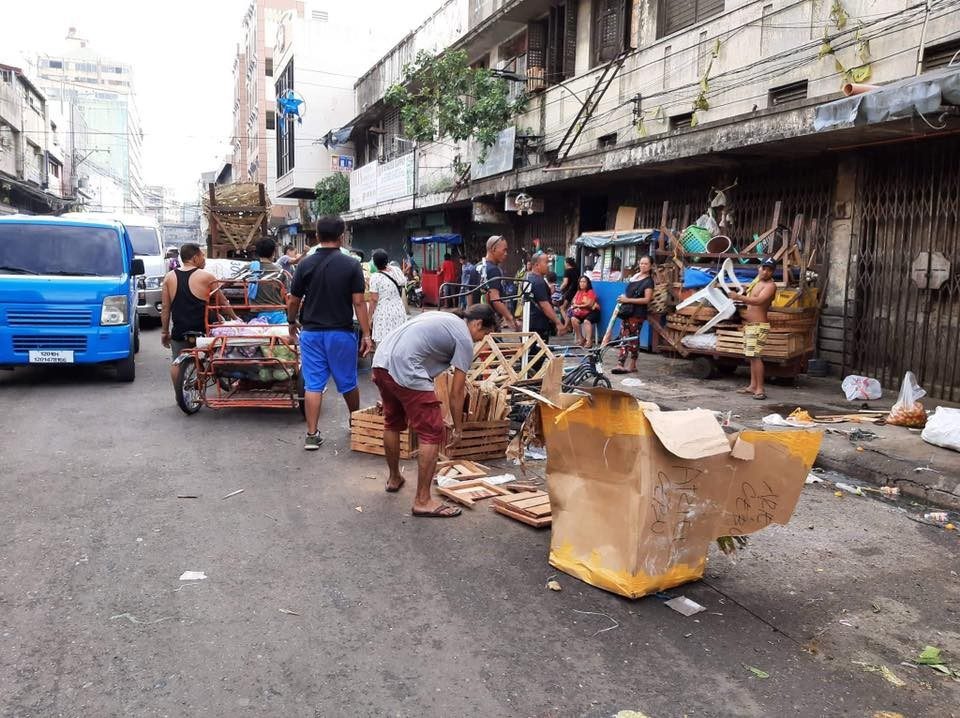
7 other LGUs in Cebu failed the DILG’s assessment, prompting Cebu Governor Gwen Garcia to question the DILG’s findings and rubrics for the assessment.
Labella was disappointed with the DILG’s rating despite the amount of focus he gave the memo, but said that his government would work harder “until we have attained the high [rating].”
Vendors in downtown Cebu on Colon Street and Osmeña Boulevard were relocated to Tabo sa Banay (family market) and an area in the Senior Citizens Park.
After the relocation, many vendors complained that because they were relocated to areas with less foot traffic, their daily income took a severe cut. To this, Labella said that he would try to balance meeting the needs of the affected street vendors, many of whom are low-income earners, while complying with the DILG’s road-clearing standards..
Another way the mayor intends to address the problem of sidewalk obstructions is through design.
He is enlisting the help of world-renowned Cebuano designer Kenneth Cobonpue to come up with designs for sidewalk vendors in downtown Cebu City that would minimize the amount of space stalls take up, while beautifying the area.
Labella personally escorted Cobonpue on October 24 to see the current state of sidewalk vendors near the Basilica Minore del Santo Niño de Cebu.
“Kenneth Cobonpue has offered his services for free,” Labella was quoted in a Cebu Daily News report.
“What I envision is it’s going to be a uniform stall. will have the same color and sizes. But it will have to be designed so it will not cause obstruction in the city.”
He also said that the city would be spending for these stalls.
Water crisis
Even during the term of former mayor and current vice mayor Michael Rama in 2016, Cebu City was already grappling with a water crisis.
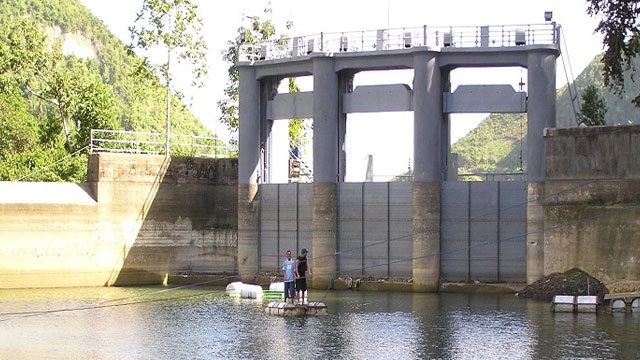
During the 2019 campaign, Osmeña and his allies blamed the city’s water woes on too many high-rise buidlings, real estate development, and unregulated deep-water wells. He pushed for more regulation. Labella’s camp said they would resolve the issue by tapping other water sources and promote the use of water catchment systems.
But since the two previous city chiefs were unable to address water issues, how has the new mayor tackled this perennial problem?
Over 100 days into the term, and a water shortage lasting into the rainy season, the new city chief has not yet come up with a clear solution.
His latest action on the water shortage was Executive Order 022, issued on October 7, for committee members to come up with a study with current data and a long-term plan to address this issue.
In October, Labella asked 5 board members of the Metro Cebu Water District (MCWD) to step down for failing to provide sufficient water supply to Cebu City residents.
The board members, however, wrote back to say that they would not step down.
While Labella said Cebu City is the appointing authority over the water district’s board, its chairman Joel Yu said his dismissal order was invalid.
“It is in direct contravention of the Philippine Constitution, Presidential Decree No. 198 (the law that created the water district), existing relevant circulars and issuances, including jurisprudential guidelines,” Yu wrote Labella.
Two of the 5 members complied with the order. Labella took control of the conflict by giving LWUA temporary authority over MCWD until permanent board members are found.
Public safety and human rights
While the Commission on Human Rights has noted an increase in unsolved killings in the region since 2018, this issue has not yet been mentioned by the mayor as an area of concern, instead, focusing his attention on rebuilding the city’s relationship with the police and helping them in their drug-busting operations. (READ: Osmeña, police clash anew: Why a checkpoint outside Cebu mayor’s house?)
Even if the killings started under a different mayor and different police chief, they have not stopped under the city’s new mayor and police chiefs.
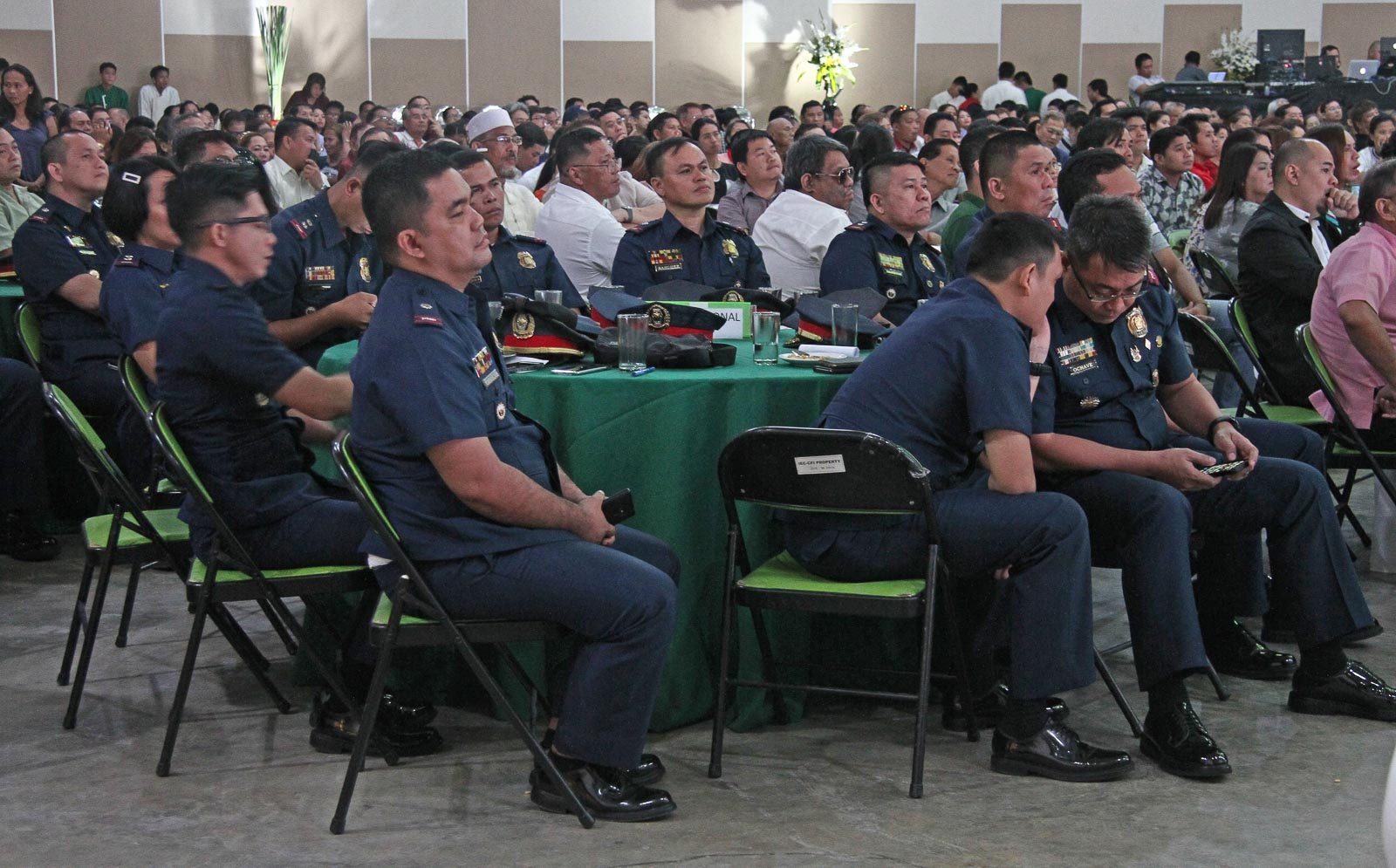
In the month of September alone, for example, at least 10 people were shot dead by unidentified gunmen in Cebu City.
But on the sidelines of his State of the City Address on October 16, he rated the new Cebu City Police Office Director Gemma Cruz Vinluan – who replaced retired police colonel Royina Garma in July – an “8 out of 10.”
In the first 3 months of Vinluan’s term, an estimated P60 to P70 million in illegal drugs had been confiscated.
“The Cebu City Police Office has confiscated millions worth of shabu. On a scale of 1 to 10, I would give Colonel Vinluan 8,” he said.
Vinluan is currently on administrative leave after David Navarro, the mayor of Clarin, Misamis Occidental, was killed in broad daylight on his way to the Cebu City Prosecutor’s Office to face charges for an alleged assault incident that took place in this city. (READ: Who was David Navarro, the mayor from Mindanao killed in Cebu City?)
“I can categorically say that Cebu City is very safe, especially to the law-abiding citizens. But if you are a drug protector and if you are involved in drugs, better get out of Cebu City,” the administration-allied mayor told reporters on October 30, following the incident.
Labella emphasized, however, that he wanted a proper investigation conducted on the Mindanao mayor’s killing. “You cannot just take a person’s life. We have laws, rules follow.”
His vice mayor had another opinion on the matter, and surprisingly, one that is similar to his rival Osmeña.
(READ: Killings in Cebu rise as mayor, cops feud)
“We just had our special session and, sad to say, what was being presented in our special session is that Cebu City is secure and safe, but then in less than 24 hours that condemnable act occurred,” Rama was quoted as saying in The Freeman.
“They really have to do something about it,” Rama said of the spate of killings in Cebu.
Son of artists
Labella is the son of prolific Visayan filmmaker Gene Labella and theater and film actress Esterlina Colina, both natives of Barangay Mabolo.
Perhaps this is why Labella has already done more than his predecessors in supporting the arts in Cebu City.
On his 100th day in office on October 8, he swore in the members of the Cebuano Cinema Development Council (CCDC), a body created in 2014 but which had not been constituted since. (READ: Cebuano Cinema Development Council finally sworn in after 5 years)
“For a city rich with filmic heritage and history, it is long overdue,” culture writer and independent filmmaker Maria Victoria Beltran told Rappler. She is also a member of the council.
For a city known for its artists, this is the first time this much attention – however minimal – has been given to arts programs outside of the annual Sinulog Fesitval.
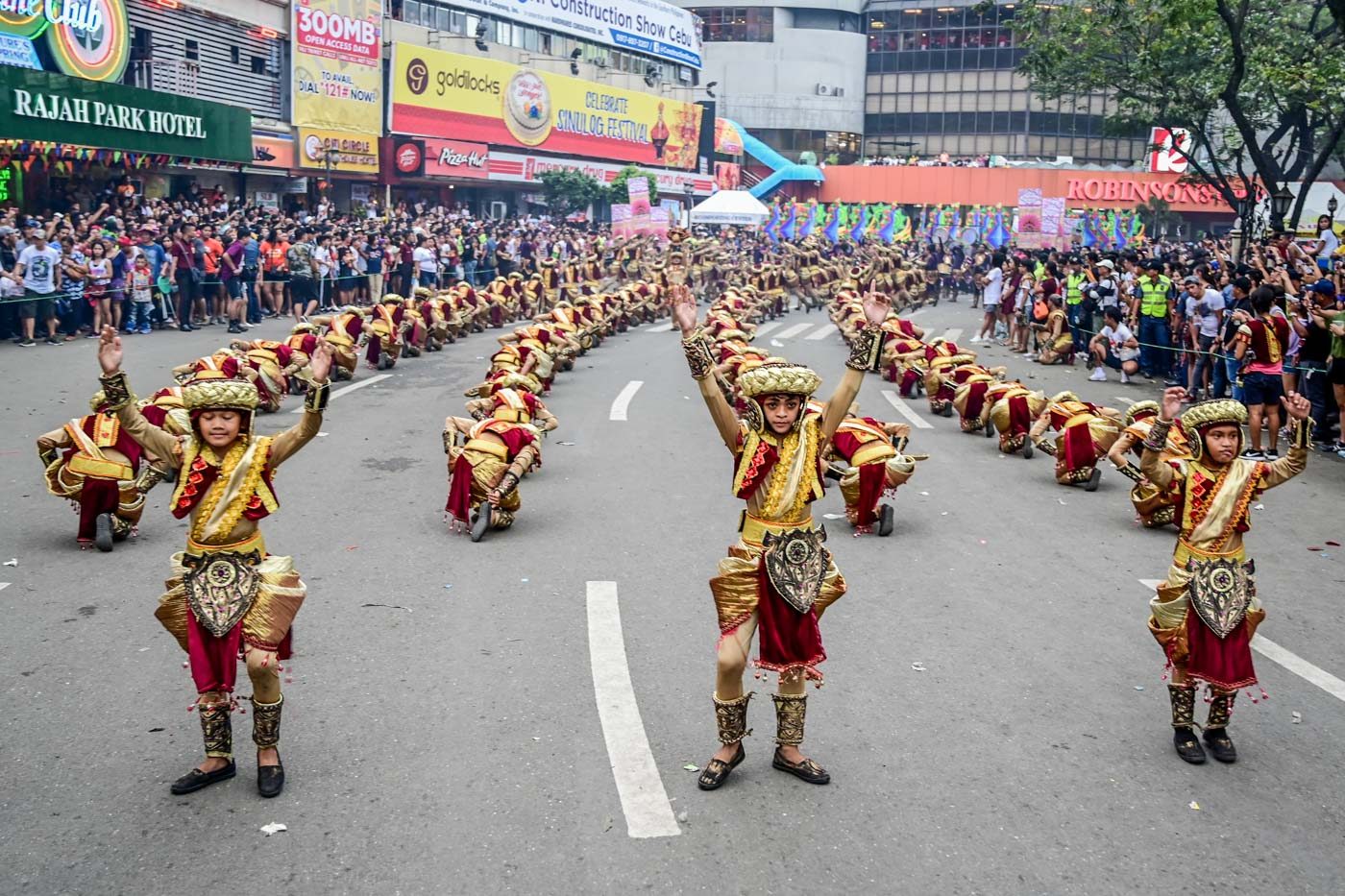
“It is about time that arts and culture, the soul of the city, will be given the support it direly needs,” Beltran added.
The programs of the 24-hour Cebu City Public Library – an initiative of Osmeña – were also continued by this mayor despite a brief closure at the beginning of his term due to restaffing.
“If there is any program that proves beneficial to the people of the City of Cebu, by all means, let us continue. Let’s stop politicking. Let’s stop partisan posturing,” the first-time mayor said on July 1.
When he filed his candidacy in 2018, Labella said what sets him apart from his opponent is that he would be a “healing mayor.”
“As a former government prosecutor, Ombudsman director, city councilor, and now vice mayor, I think I can offer to the city’s constituents a kind of governance that is accountable, consultative, and ready to listen to the gripes and grievances of even the most ordinary man,” Labella was quoted as saying in SunStar in July 2018.
“If I win, I would endeavor to have a healing and conciliatory mayorship for the best interest of the city,” Labella added.
Labella the survivor
On the wall of former mayors in Cebu City Hall, Labella is the first of his name.
Only those who were there behind a closed-door meeting in Councilor Joel Garganera’s office sometime in 2018 know how it was decided that Rama, who has political lineage, would give way to the first-time candidate.
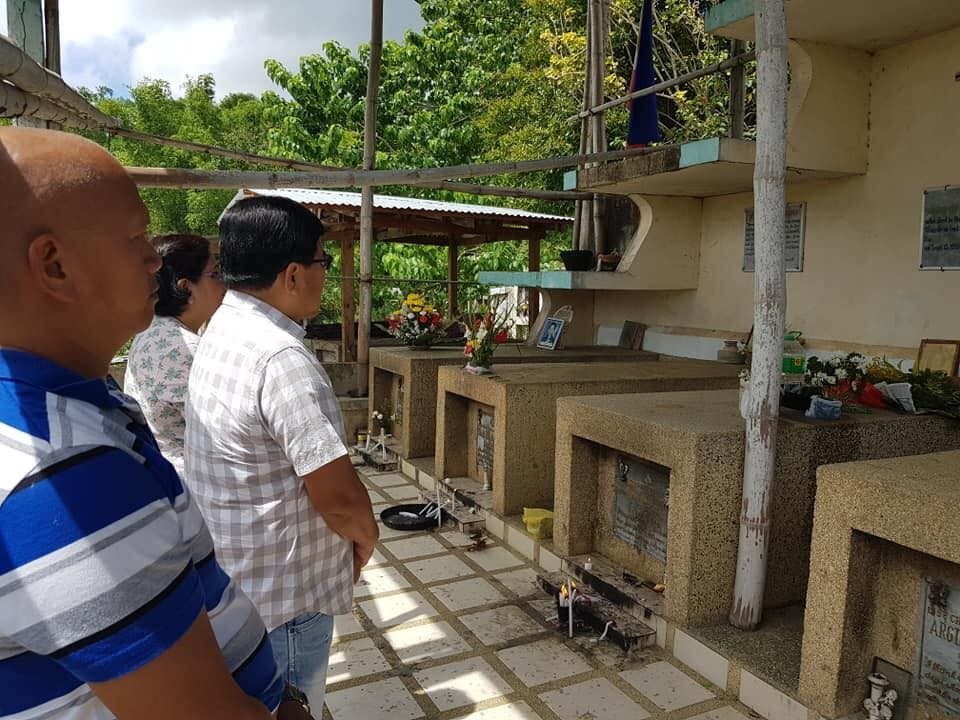
While it may have come as a surprise, Labella does have a few advantages over Rama.
For one, Rama had been involved in several controversies and was suspended as mayor before at the end of his last term in 2016 for allegedly misappropriating calamity funds distributed to Cebu City council members. The malversation charges were eventually dropped citing a lack of evidence against the respondents in the case. (READ: Suspension order vs Cebu City mayor, 13 others served)
While Labella was among the councilors suspended, Rama was the face of the issue as mayor at the time.
The current vice mayor’s name was included in an initial 2016 list of local government officials allegedly involved in the drug trade. He was eventually able to get off the list and even managed to transfer his party membership to the ruling PDP-Laban.
While the political storms come early for some elected officials, Labella is enjoying fair weather. At least for now.
The last time a storm hit Labella, his ship sank and he survived by hanging on to a floating object for 32 hours, even after the waters separated him from his wife, who also survived.
To stay alive, he ate leaves from a tree branch, seaweed, and things he could find from garbage floating around.
In an Inquirer story, Labella shared how he survived the 1998 wreck: “I did not lose hope and kept on swimming.”
Labella is undoubtedly a survivor, literally and politically.
But to stay in power, he must show his people that he is no longer just a passenger, but the captain of his ship – a ship, he said, that had long been neglected and run aground.
While the weather is calm, the captain must rebuild and choose his crew carefully so that when the storm hits – and it will – he’ll be ready. – Rappler.com
Add a comment
How does this make you feel?
There are no comments yet. Add your comment to start the conversation.